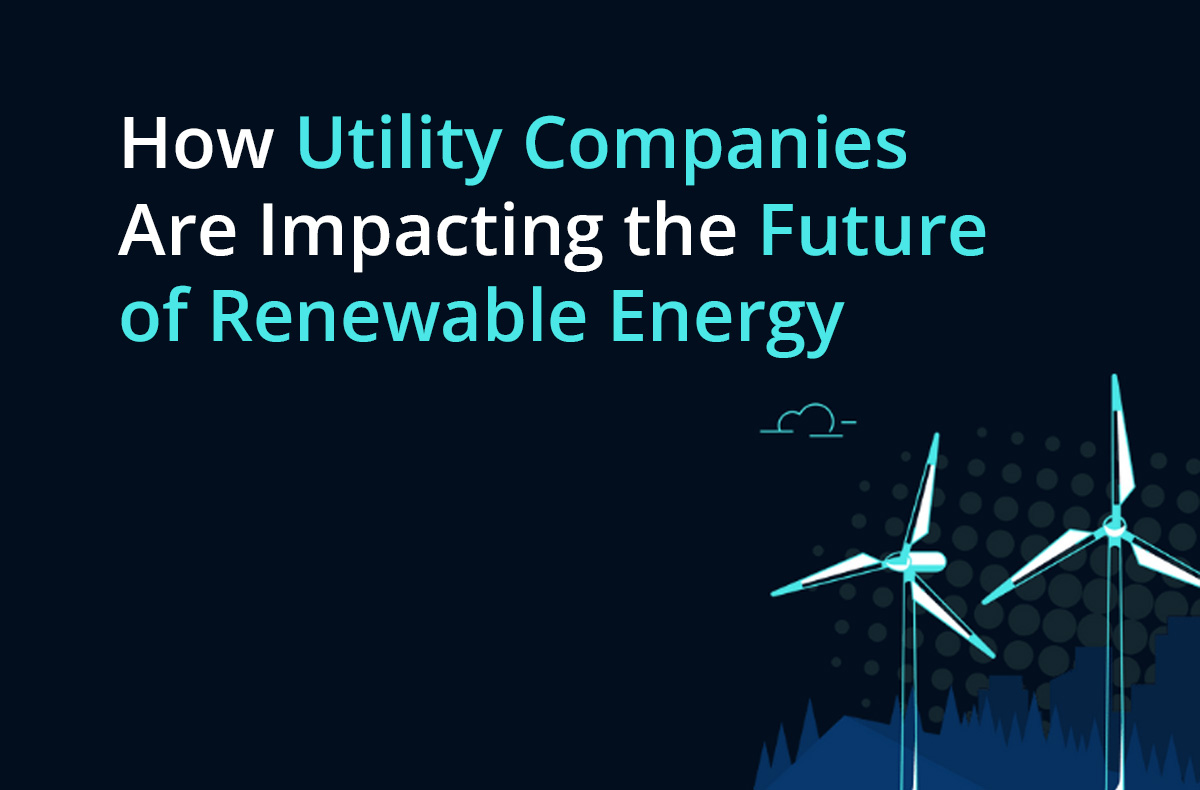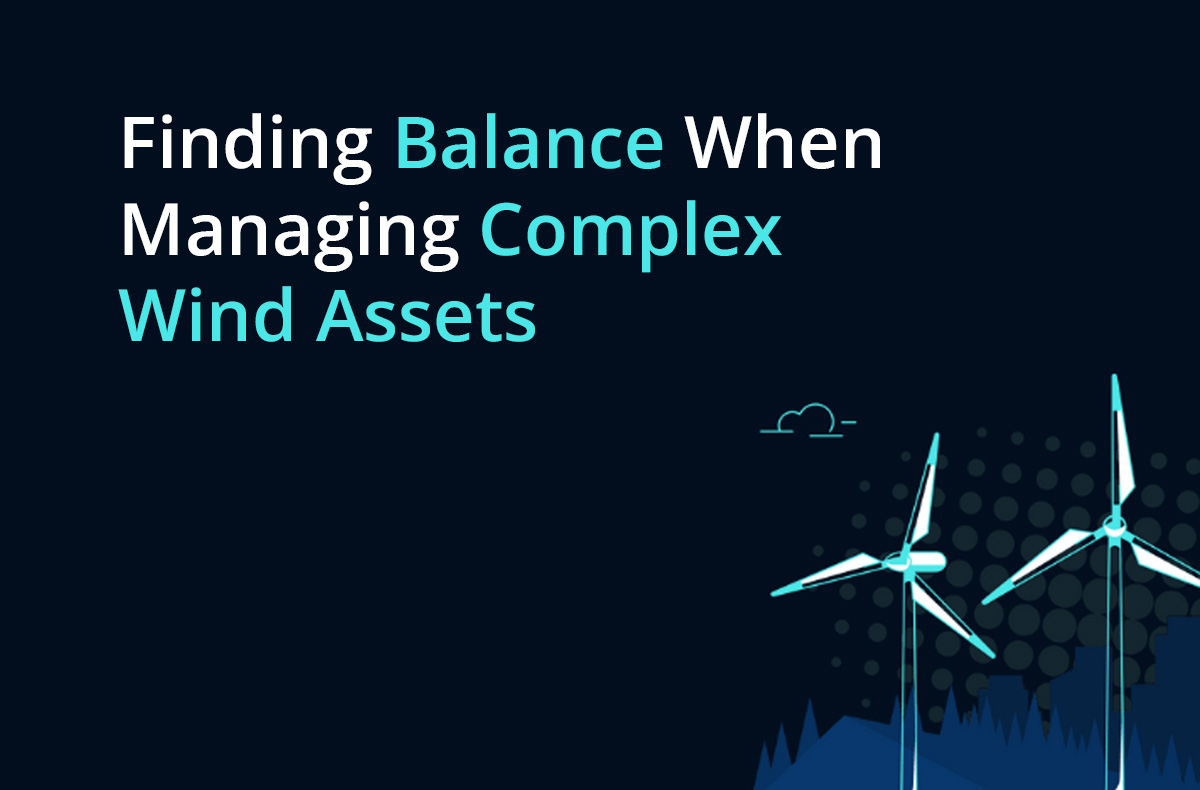What role do utility companies have to play in the renewable energy industry?
In this episode of Climate Chronicles, we invited Chuck Conlen, VP of Renewable Energy at DTE Energy, to share his perspectives on the industry and details about the important work that his team has been doing to ensure the future of reliable renewable assets.
DTE Energy made its first strides in the renewables industry around 15 years ago. Today, they have a portfolio of around 2,500 to 3,000 megawatts, predominantly in wind power, but in solar energy as well.
Chuck explores the challenges in the industry, the technologies that will shape the future, and how legislation is helping to make renewable energy investment more lucrative.
Press play to hear more, or keep reading for some top episode takeaways.
Challenges in the industry
One of the top challenges Chuck and his team, who operate in the state of Michigan, have faced on the wind power side is pushback in certain areas of the state, particularly from rural communities. People are understandably concerned about how wind assets will affect the landscape and their community, so Chuck’s team spends time trying to help them understand the benefits without being too pushy.
Another challenge that renewable energy is facing right now is in the solar power industry. Chuck explains that this all started with the Department of Commerce’s investigation into solar panel tariff circumvention from companies exporting to the United States. While it’s an important investigation, it has disrupted the solar panel industry.
A third challenge that Chuck mentions is the lack of skilled labor. The renewable energy industry requires individuals with the skills and experience to build these projects, and sadly there aren’t enough people entering the industry to keep up with demand.
The problems with reshoring efforts
As part of the Inflation Reduction Act, manufacturing is making a return to American shores. Given the supply chain issues that disrupted many industries during COVID lockdowns, it’s a welcome change in renewables.
One of the most common obstacles to installing solar and wind projects is getting the right equipment to build and repair assets – which often means importing from overseas.
While Chuck believes that moving manufacturing to the US is important, he also warns that this will not be an overnight fix. At the very least, it will take two to three years (if not more) to replace the need for importing materials into the US.
Challenges and opportunities in wind asset management
The development of wind assets is not the only factor developers need to think about. Those wind and solar assets need to be regularly monitored, maintained, and repaired. When DTE Energy first became involved with wind power, this was a steep learning curve.
Chuck and his team found that blade and gearbox failures are difficult and expensive to fix. When a turbine blade breaks, it’s not a simple case of replacing it with another blade. You need to find the right blade that matches the weight of the others, and sometimes that means searching internationally for the right fit.
As a result, DTE Energy made monitoring and maintenance a priority, teaming up with SkySpecs’ tools and drone technology to monitor blade issues. That way, maintenance can be carried out before a turbine fails and needs to be fully replaced.
The technologies that will shape the future
Another big area of focus for DTE Energy is repowering, which Chuck describes as “the next evolution of our wind portfolio.” He says we’ll likely see more repowering than new installs – mostly due to community acceptance and cost-effectiveness.
By focusing on repowering, his team can increase the output of existing assets while reducing the number of turbines needed to build and maintain.
Battery storage is another area of interest for Chuck, as greater energy output will require better storage for it to be worthwhile. Chuck believes this is critical to allow wind and solar power to get to the scale we need to completely decarbonize.
Solutions to the labor problem
Technology and development is only one side of the equation. Skilled individuals are needed to work in renewables, and at the moment, not enough people are entering the industry.
DTE Energy works with engineering procurement and construction companies in Michigan to give them the heads up on what projects they have planned in the future. This means they get a better idea of potential recruitment and training needs. At the moment, construction firms are having to pay for labor out of state to build projects, which can be very costly.
DTE Energy also spends time in high schools to get young talent acquainted with the renewables industry so that more people see it as a lucrative career path. This should help to ease the labor shortage problems in the future and help the industry scale more sustainably.
Why the Inflation Reduction Act is a game changer for renewables
With the expansion of tax credits announced in the Inflation Reduction Act, developers and utility companies like DTE Energy have more options to develop new assets.
Previously, tax credits were slightly limited for utility companies versus independent power producers, but the IRA has changed that. This means that Chuck and his team are looking not just at renewables, but also clean energy and carbon capture, which could benefit customers and the industry in the future.
With companies like DTE Energy leading the way for utility companies, the hope is that more will start to invest in renewables. However, we need to ensure that monitoring technology, battery storage, and skilled labor shortages are addressed sooner rather than later.
To hear more insights on utility companies in the renewables space, tune in to the full episode with Chuck.











